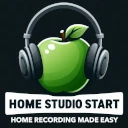Want to transform your podcast from sounding ‘meh’ to ‘WOW!’? It all starts with the unsung hero of audio quality: the audio interface. This guide will navigate you through the essential aspects of choosing the perfect interface, tailored to your podcasting needs and budget.
- Understanding Audio Interfaces for Podcasting: We’ll demystify what an audio interface is, its crucial role in podcasting, and key features to look for, whether you’re a solo podcaster or running a multi-guest show.
- Budget-Friendly Audio Interfaces for Podcasting: Discover that excellent audio quality doesn’t require emptying your wallet. We’ll explore affordable options that deliver impressive performance for beginners and those on a tight budget.
- Mid-Range Audio Interfaces: Stepping Up Your Podcast Quality: Ready to take your podcast to the next level? We’ll delve into mid-range interfaces with enhanced features and improved audio fidelity, setting you apart from the competition.
- Professional-Grade Audio Interfaces for Podcasting: The Ultimate Investment: For podcasters who demand the best, we’ll showcase professional-grade interfaces offering pristine audio, advanced routing options, and exceptional build quality.
Understanding Audio Interfaces for Podcasting
Choosing the right audio interface is crucial for podcasting success. It’s the bridge connecting your microphones and instruments to your computer, impacting sound quality significantly. A simple USB interface with one XLR input, like a Focusrite Scarlett Solo, is perfect for solo podcasters using a single dynamic mic like a Shure SM58. This setup allows clear voice recording directly into your DAW (Digital Audio Workstation) like Audacity or GarageBand.
For co-hosted podcasts or interviews, consider interfaces with multiple XLR inputs, such as the Presonus AudioBox USB 96. This allows each person to have their dedicated microphone, preventing audio bleed and enabling independent volume control during editing. Imagine “Podcast Pioneers,” a fictional podcast, initially struggled with inconsistent audio levels using only one microphone. Switching to a multi-input interface and assigning individual gain settings immediately improved their audio clarity and listener experience.
- Actionable tip: Always check the interface’s preamps. Good preamps provide clean gain without adding excessive noise, especially important for quieter mics like condensers.
- Practical Application: When recording remotely, portable interfaces like the Rode AI-Micro paired with lavalier mics are excellent for capturing high-quality audio on the go.
- Bonus Tip: Check if the interface is class-compliant as it ensures it will work without installing any drivers on your system.
Budget-Friendly Audio Interfaces for Podcasting
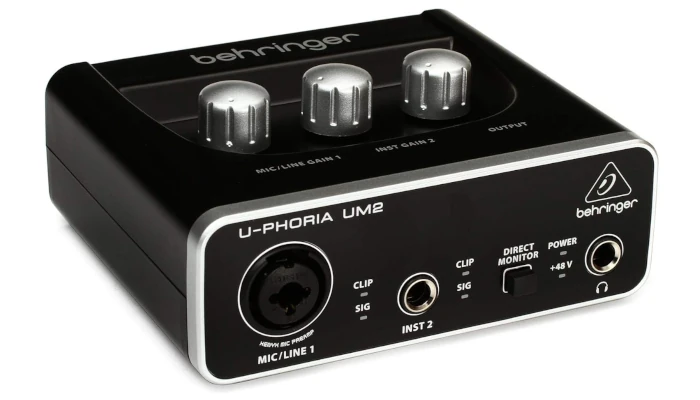
✅ Check Price on Amazon
As an Amazon Associate I earn from qualifying purchases.
You don’t need to break the bank for a quality audio interface for podcasting. Several affordable options deliver excellent performance. The Behringer U-Phoria UM2, for example, is a popular choice for beginners. It offers a single XLR/TRS combo input, perfect for solo podcasters using a dynamic microphone. While it may lack advanced features, it provides clean audio and phantom power for condenser mics – essential for achieving a professional sound.

✅ Check Price on Amazon
As an Amazon Associate I earn from qualifying purchases.
Another great budget-friendly option is the M-Audio M-Track Solo. It’s compact, easy to use, and offers both XLR and line inputs, providing flexibility as your podcast evolves.
Remember Sarah, the creator of “Coffee & Conversations,” a fictional podcast about books? She started with a basic USB microphone but quickly upgraded to the M-Track Solo and an Audio-Technica AT2020 condenser mic. The improvement in audio quality was immediately noticeable, attracting more listeners and positive reviews.
- Actionable tip: Don’t underestimate used gear. Check online marketplaces for deals on slightly older models from reputable brands.
- Practical Application: If you’re on a super tight budget, consider interfaces powered directly by USB. This eliminates the need for an external power supply.
- Bonus Tip: Focus on a single, good-quality microphone initially, rather than spreading your budget thin across multiple cheaper mics and an expensive interface. A good mic into a budget interface will often sound better than a cheap mic into a high-end interface.
Mid-Range Audio Interfaces: Stepping Up Your Podcast Quality
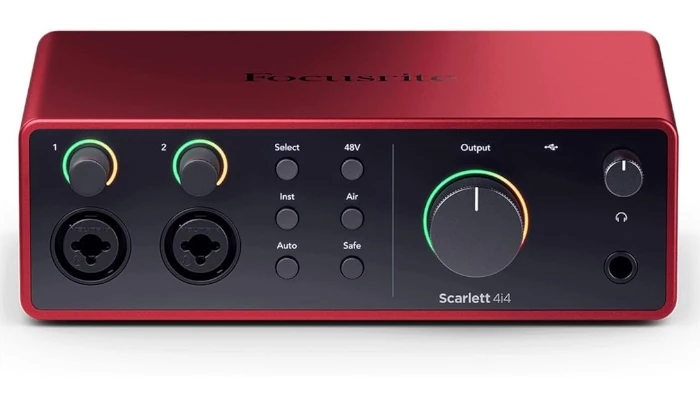
✅ Check Price on Amazon
As an Amazon Associate I earn from qualifying purchases.
Ready to elevate your podcast? Mid-range audio interfaces offer enhanced features and improved audio fidelity, setting you apart. The Focusrite Scarlett 4i4 is a fantastic choice, providing four inputs (two XLR/TRS combo and two line inputs), allowing you to record multiple guests or incorporate instruments easily. Its improved preamps deliver cleaner gain, reducing noise and providing a more professional sound.
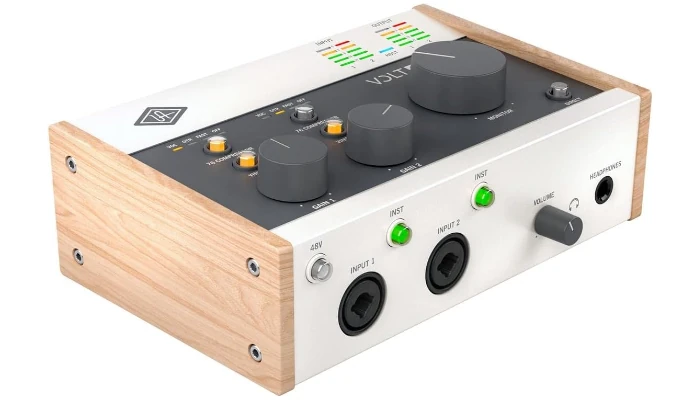
✅ Check Price on Amazon
As an Amazon Associate I earn from qualifying purchases.
Another solid option is the Universal Audio Volt 276. Beyond its two combo inputs, it boasts a built-in 76 compressor modeled after UA’s classic hardware, adding punch and clarity to vocals right at the source. Consider “Tech Talk Today,” a fictional podcast that upgraded from a basic interface to the Volt 276. The hosts immediately noticed a difference in vocal presence and overall audio polish, leading to increased listener engagement.
- Actionable tip: Look for interfaces with built-in DSP (Digital Signal Processing) for real-time effects like EQ and compression, reducing the load on your computer.
- Practical Application: If you plan to incorporate phone calls or remote guests, choose an interface with loopback functionality. This allows you to easily route audio from your computer back into the interface for seamless recording.
- Bonus Tip: Pay attention to the included software bundle. Many mid-range interfaces come with valuable plugins and DAWs, saving you money in the long run.
Professional-Grade Audio Interfaces for Podcasting: The Ultimate Investment
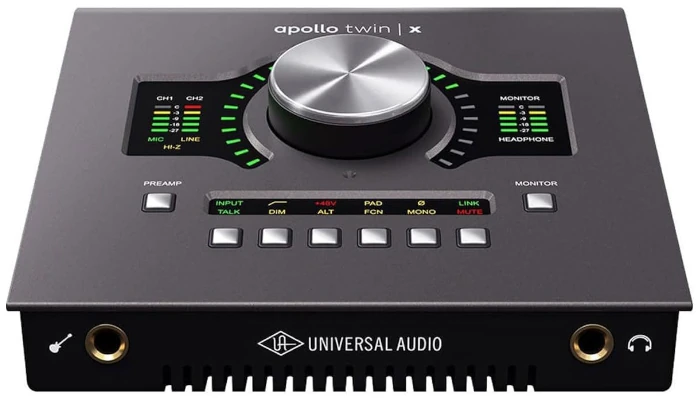
✅ Check Price on Amazon
As an Amazon Associate I earn from qualifying purchases.
For podcasters demanding pristine audio and maximum flexibility, a professional-grade audio interface is the ultimate investment. These interfaces offer top-tier preamps, advanced routing options, and exceptional build quality. The Universal Audio Apollo Twin X, for instance, is a popular choice, renowned for its Unison preamps that emulate classic hardware, providing unparalleled tonal shaping. Its DSP processing allows you to run UAD plugins in real-time, adding studio-quality effects without taxing your computer’s CPU.
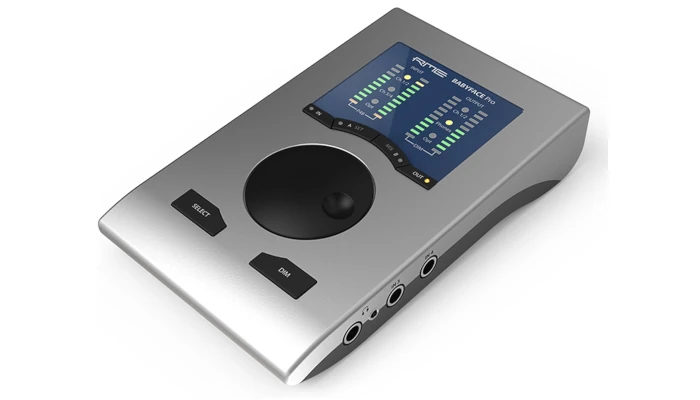
✅ Check Price on Amazon
As an Amazon Associate I earn from qualifying purchases.
Another industry standard is the RME Babyface Pro FS. It boasts exceptional AD/DA converters, delivering crystal-clear audio with incredibly low latency. Imagine “Serial Storytellers,” a fictional podcast known for its immersive audio dramas. They upgraded to an Apollo Twin X, allowing them to create complex soundscapes and capture nuanced performances with incredible clarity, significantly enhancing their storytelling.
- Actionable tip: Consider interfaces with Thunderbolt connectivity for ultra-low latency, crucial for real-time monitoring and recording with plugins.
- Practical Application: If you’re recording multiple microphones, instruments, and external audio sources simultaneously, look for interfaces with ample I/O (inputs and outputs) and flexible routing capabilities.
- Bonus Tip: Research the interface’s driver stability and long-term support. Professional interfaces are often supported with driver updates and firmware enhancements for years to come, protecting your investment.
Elevate Your Podcast: Choosing the Right Audio Interface
From budget-friendly options like the Behringer U-Phoria UM2 to professional powerhouses like the Universal Audio Apollo Twin X, selecting the right audio interface is paramount for podcasting success. We’ve explored interfaces for solo podcasters, multi-guest setups, and those seeking studio-quality sound. By considering your needs, budget, and desired level of audio fidelity, you can find the perfect interface to elevate your podcast and captivate your audience. Now, go forth and create amazing audio!
